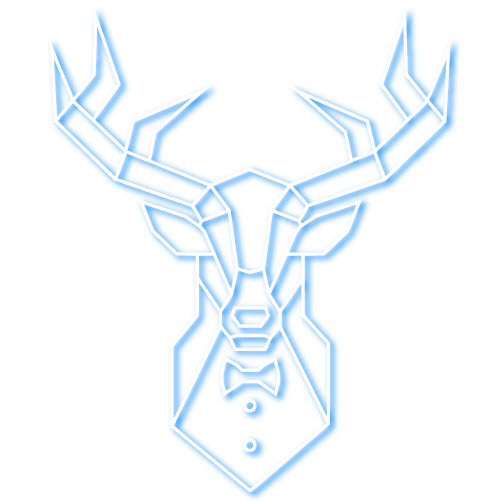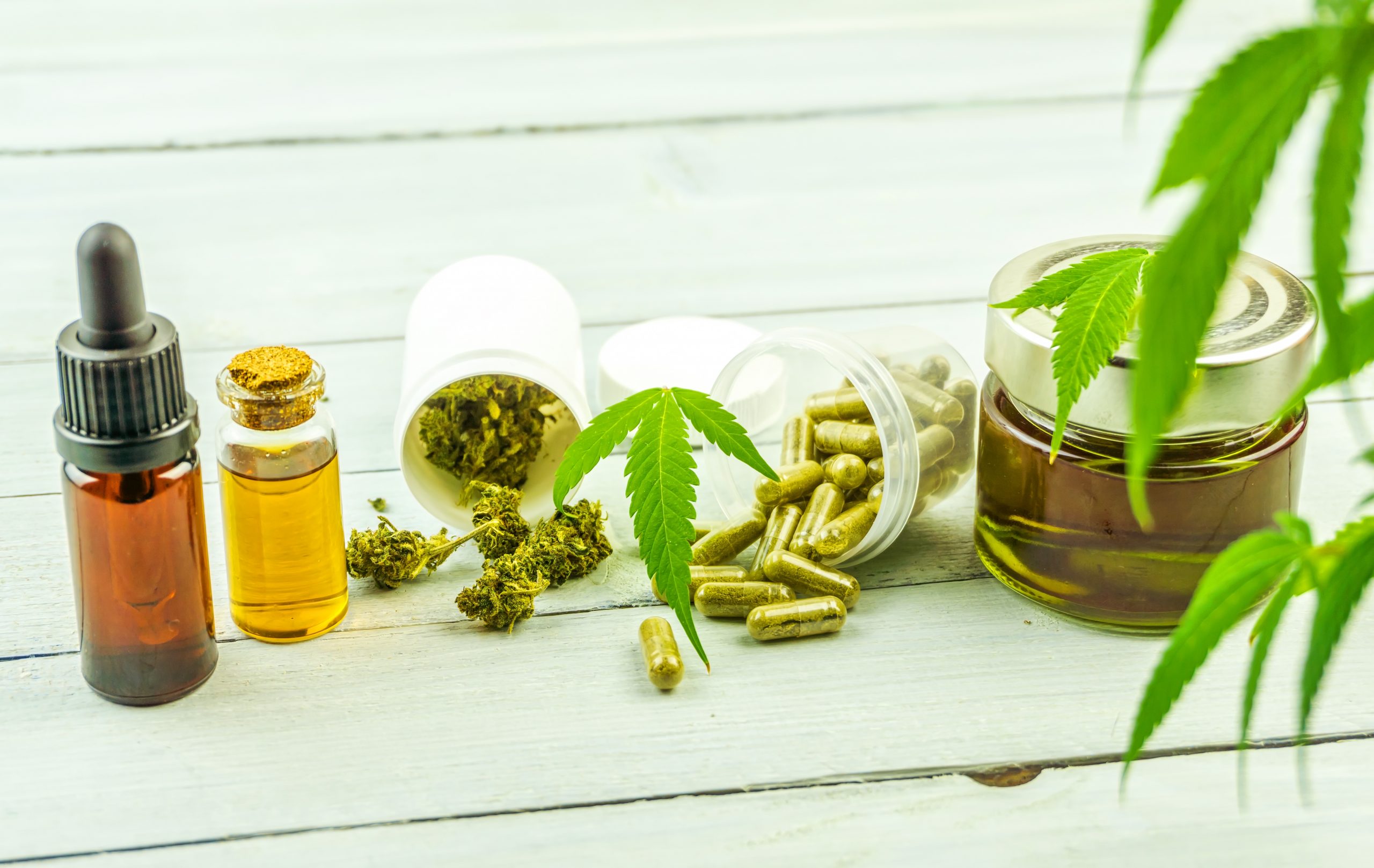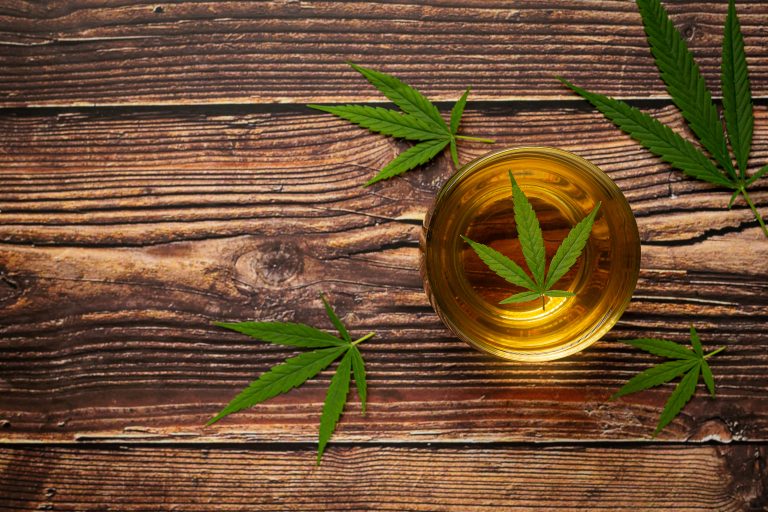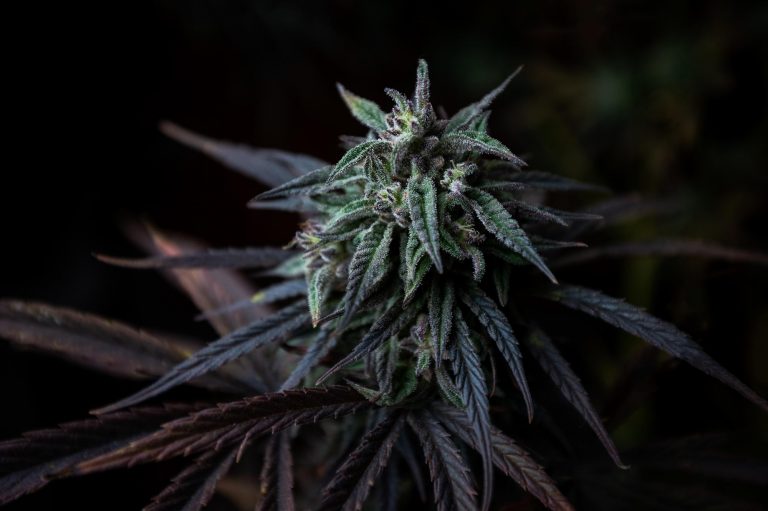THC VS. CBD: What’s The Difference?
Cannabidiol or CBD, is a compound found in cannabis and hemp plants that acts as a cannabinoid. Cannabinoids are now known to affect the endocannabinoid system (ECS) which is a network of sites throughout the brain and organs in which the ECS malfunctions when it’s not functioning optimally. The ECS is responsible for regulating many important functions including sleep, appetite, immune response, pain sensation, memory, and thermoregulation—and CBD has been shown to restore balance in this system. With the rise in CBD products for sale in the market nowadays, it’s important to understand the differences between these products just so you know what you are getting into before making your purchase.
In this article, we will explore some of the key differences between THC and CBD so that you can have a better understanding of each one.
What is THC?
THC (Tetrahydrocannabinol) is the active chemical in cannabis plants that’s responsible for the psychoactive effects of marijuana. THC binds to cannabinoid receptors throughout the body and initiates a response from cell signaling centers. This reaction causes feelings of euphoria, relaxation, and heightened sensory stimulation.
What is CBD?
CBD is a compound found in cannabis and hemp plants. It is not psychoactive like THC, so it does not get you high. CBD, or Cannabidiol, interacts with receptors throughout the endocannabinoid system which regulates many important functions including sleep, appetite, immune response, pain sensation, memory and thermoregulation.
Differences Between THC and CBD
THC is the primary psychoactive compound found in cannabis. It is responsible for feeling the “high” feeling some people get from using cannabis. CBD, on the other hand, does not produce a high feeling but instead has properties that mimic THC because of its interaction with the ECS. These two compounds have very different effects so understanding their similarities and differences will help you make a more informed decision about which product to choose for your wellness needs.
How to Use CBD for Pain Management?
The therapeutic benefits of CBD for pain management are well-known. But what about the differences between THC and CBD? In order to understand how each one is used, you need to know the difference between THC and CBD.
THC is short for tetrahydrocannabinol which is a psychoactive compound found in cannabis plants that causes feelings of euphoria, anxiety, and paranoia as well as physically altering states such as sleepiness, dizziness, confusion, etc.
On the other hand, CBD is cannabidiol which has anti-inflammatory properties along with being able to inhibit the enzyme in the brain that produces a natural pain killer called anandamide. It’s also been shown to have neuroprotective effects preventing damage from occurring to neurons after an injury or stroke.
So how can CBD be used for pain management? Let’s say you have some sort of health condition that causes chronic pain like arthritis or nerve damage (neuropathy). You can use CBD in tinctures or capsules and apply it topically. In this case, you would just need a topical applicator like a rollerball pen or lip balm with your CBD product inside it. You could also try applying your product into some lotion or cream so that you don’t have to worry about having any taste left behind on the skin where you applied it. Another possibility would be ingesting your product via capsules or tinctures with meals throughout the day.
Differences Between THC and CBD in Farming
CBD is extracted from the plant, which makes it very difficult to produce. In order to extract CBD from cannabis plants, special extraction equipment and processes need to be used that can either reduce or destroy THC as well as other cannabinoids in the process. In addition, hemp plants contain very low levels of THC and are not psychoactive, meaning they cannot get you high. Because of these differences in production, cannabinoids are labeled differently with different legal ramifications. For example, if your product contains both THC and CBD but only has a certain amount of THC in it, you are breaking the law because by law only products containing less than 0.3 percent THC may be sold legally. These differences have implications on the legalities of both compounds and also on their efficacy within different systems as they work through different receptors in our body.
How to use CBD for Anxiety, Depression and Sleep Disorders?
The key difference between CBD and THC is that CBD has no psychoactive effects. This means that when you consume CBD, you will not feel any of the “high” or “stoned” effects that THC can give you. For people who are in pain, suffering from insomnia, or have anxiety disorders, this makes a big difference in their lives because they can use CBD to alleviate these symptoms without getting high. In addition to its lack of psychoactive effect, CBD also has a number of other benefits. McMaster University’s Cannabis Research Center lists many potential uses such as :
- Stress relief
- Pain relief
- Boosting mood
- Reducing anxiety and depression while improving sleep quality
- Slowing the growth of cancer cells
Final Words
Cannabis is one of the most popular herbs in the world and for good reason. The plant offers a wide range of therapeutic benefits that are greatly attributed to the cannabinoids found in its leaves, buds, and flowers. Cannabinoids are unique to cannabis plants because they act on cannabinoid receptors situated throughout the body. One of the most important cannabinoids is THC or tetrahydrocannabinol which has a psychoactive effect on people because it binds to CB1 receptors. CBD or cannabidiol has no psychoactive effects but instead acts on another cannabinoid receptor known as CB2 which makes it an excellent option for medicinal purposes. In conclusion, THC and CBD are both great options for different reasons and it’s best to understand their differences before buying either one.









